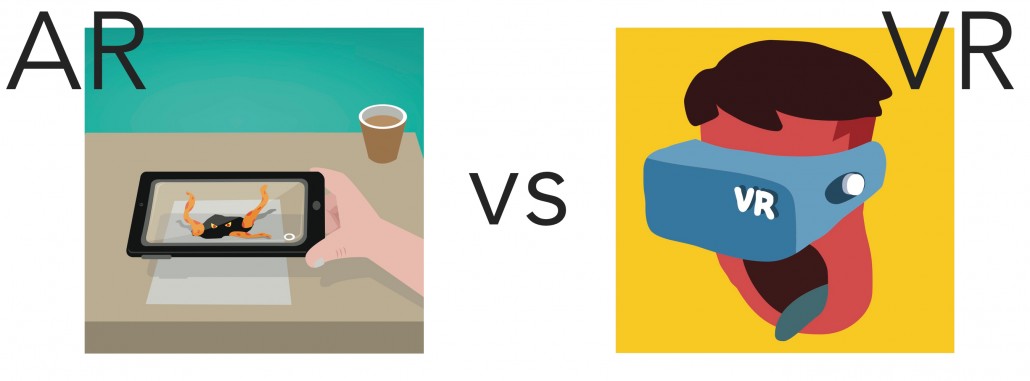The renaissance of geolocation based AR
The renaissance of geolocation based AR
– or the race between AR and VR is on again –
Pokemon Go turned the app market upside down while changing our daily life and commute undoubtedly. Several articles discussed the game and its expeditious way to world domination. That said, for a mobile app developer who started and is still working with AR, there are a number of thought-provoking learnings beyond the success of the game.
Geolocation based content with added AR fun is nothing new today. It has been used before and, at the dawn of mobile AR solutions, was thought to run equal chances as marker based AR (an augmented reality content that appears on prints or products triggered by a marker symbol).
Some say Pokemon Go is not AR in its core and I’m inclined to agree. The argument goes that Pokemons are simply appearing around a certain spot having nothing to do with the surroundings. But let’s not be that rigorous. Unreal stuff appearing on and around real world objects and places sells the concept of AR fine – and this is the most the AR industry may ask for.
When we started out as developers for Junaio/Layar AR browsers, we reckoned that GPS based AR – digital content duly connected to real locations – will have a great use for businesses, retailers, tourists, etc. For some reason it has turned out otherwise.
Many industries use marker based AR in their daily customer operations, including car or furniture manufacturers along with real estate developers. Ikea, for one, has been using marker based AR in its annual catalogues for years now. GPS based AR, however, seemed to have somewhat missed the boat.
Historically, Ingress made the first impact as a full geolocation based AR game, but were only known to geeks and fanatics. Looking back, it was merely a pre-sequel for Pokemon GO, coming from John Hanke, the genius behind both. Ingress didn’t make it big but the key locations of PokeStops and Gyms come form its learnings and data. (For the record, Mr Hanke was the one to sell Keyhole to Google, later to become Google Earth.)
There were some other fine solutions, too. Vodafone in Germany ran a campaign called Buffer Buster which was basically a promotional game app, designed to collect flying robots in thousands of urban locations. Mini made its first GPS based hunt in Sweden as part of a launch campaign for a new model. Ray Ban came up with a money winning game in Italy. These were all nice AR applications, but only pale shadows compared to the Pokemon frenzy we’re facing today.
Location based AR seems to be back with a vengeance. Once forgotten, yet now ready to challenge the popularity of VR. The race is on again: location based AR is in limelight once more attracting the attention of all stakeholders including game creators, companies and digital marketers. Soon they’ll rediscover the ways of connecting relevant digital contents to their brands and outlets as well as of moving their customer events and product launches into semi-virtual, augmented reality.
With Pokemon Go educating multitudes well on AR, the possibilities are literally endless for most industries. People in full command of AR solutions will readily visit stores not only for PokeGyms but also for offerings of brand applications.
Virtual and Augmented Realities are ready to clash over again – only to prevail unitedly this time.
Sab Budahazy
CEO – ARworks

